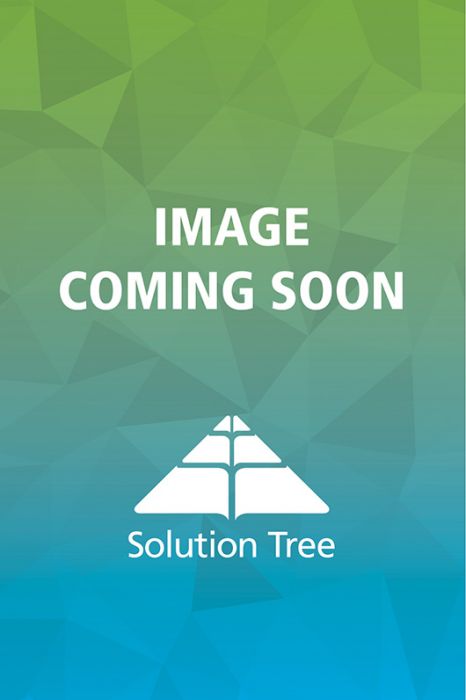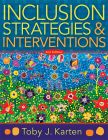
Accessible Arts Education
Principles, Habits, and Strategies to Unleash Every Student’s Creativity and Learning
This resource offers practical strategies to support students with disabilities in the arts. It provides guidance on reducing barriers, encouraging creativity, and fostering inclusive learning environments, ensuring all students can explore their potential and thrive in arts education.
Empower students with disabilities through accessible arts education and inclusive learning.
Empower every student to explore their creative potential with Accessible Arts Education by Rhoda Bernard. This essential guide offers practical strategies to make arts instruction inclusive for students with disabilities. Learn to reduce barriers, support diverse learning needs, and foster an equitable classroom where all students can thrive in dance, music, theatre, and visual arts.
Teachers in K–12 schools, higher education, and community settings can use this book to:
- Encourage disabled students’ agency through open dialogues about their strengths and learning needs
- Anticipate and alleviate barriers to student engagement, participation, and learning
- Reduce student anxiety through structured class environments and regularized routines
- Explore new teaching methods that stimulate different learning modalities for all students
- Incorporate greater visual cues, signals, and strategies to improve student learning
- Plan for instances of sensory overload and how best to respond and mitigate the effects
Related Topics
Differentiated InstructionInstructionSpecial Needs



